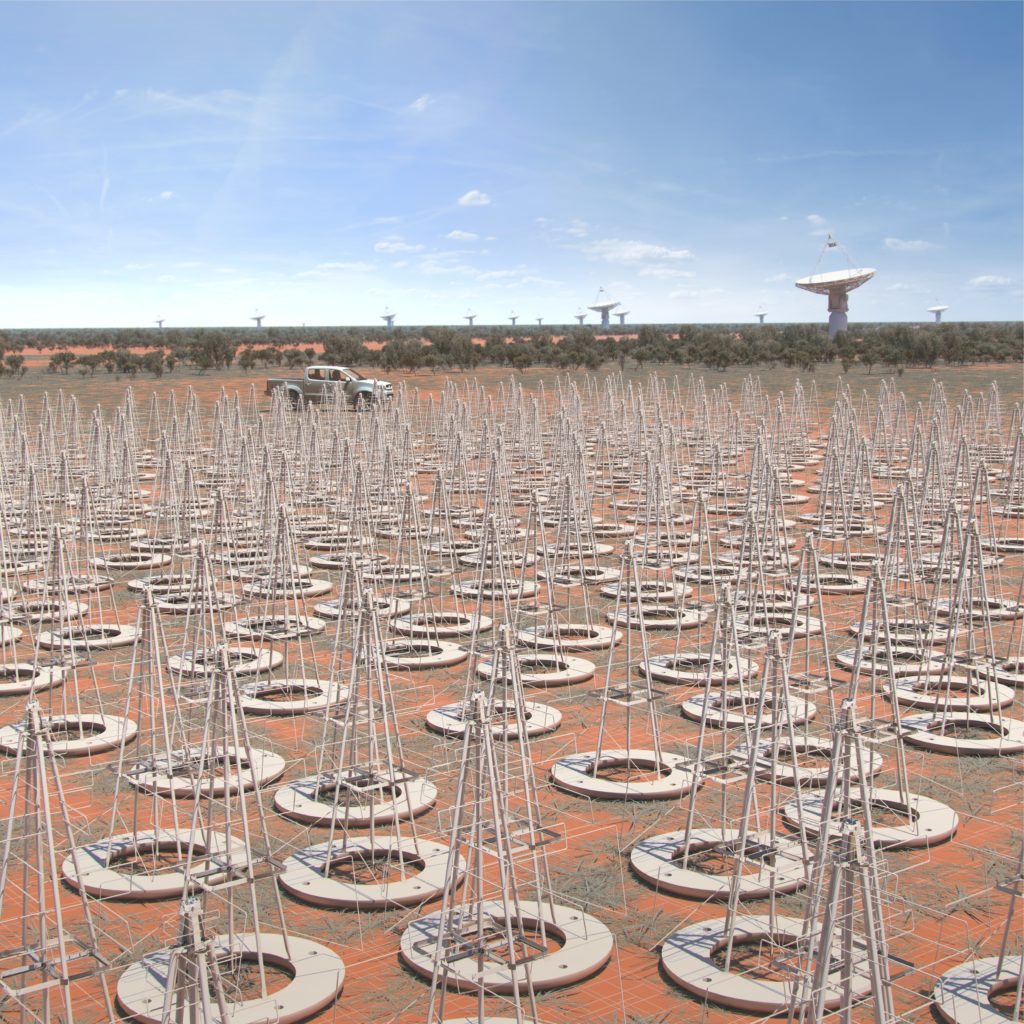The Netherlands have issued a new stamp series showcasing the unique 400 year relationship between the Netherlands and Australia - and we've made the cut!
The Netherlands has issued a new stamp series showcasing the unique 400 year relationship between the Netherlands and Australia in the areas of exploration, emigration and research.

The new stamp sheet from The Netherlands and Beyond series focuses on the unique and centuries-long relationship between the Netherlands and Australia. Credit: PostNL
The new stamp sheet from The Netherlands and Beyond series focuses on the unique and centuries-long relationship between the Netherlands and Australia. Credit: PostNL
It’s a riddle most people would have trouble answering. What does a small, densely populated European country (The Netherlands) have in common with a gigantic, sparsely populated continent like Australia?
The answer is twofold, and involves both the Dutch explorer Dirk Hartog, and a shared passion for understanding the universe.
2016 marks the 400th anniversary of when Dirk Hartog first set foot on Australian soil. To commemorate, PostNL (the Netherland’s version of Australia Post) has issued a collectible stamp series that celebrates our connections over the centuries. But what most people don’t realise is that this connection spans both the earth and the skies, from early exploration to modern day science.
400 years ago, the Dutch were exploring the world by ship. Today, the two nations are now exploring the universe together through the Square Kilometre Array (SKA) project.
Both Australia and The Netherlands are part of a global science and engineering project to build the world’s largest radio telescope, the Square Kilometre Array, which will be vastly more sensitive than the best present-day instruments.
“Australia and the Netherlands together are two of the leading countries pushing forward in this research,” says Dr George Heald, our OCE Science Leader based in Perth.
The Square Kilometre Array will change astronomers’ understanding of the night skies by helping them pick up the ‘very faint whispers’ from distant objects: sensitive observations we’ve not been able to achieve previously.

An artists impression of the Australian SKA LFAA (Low Frequency Aperture Array) instrument. These dipole antenna which will number in their hundreds of thousands, will survey the radio sky in frequencies as low at 50Mhz. Image credit: SKA Organisation
An artists impression of the Australian SKA LFAA (Low Frequency Aperture Array) instrument. These dipole antenna which will number in their hundreds of thousands, will survey the radio sky in frequencies as low at 50Mhz. Image credit: SKA Organisation
“It will allow us to transition from our current very good understanding of the brightest radio sources in the sky, to an exploration of the most distant radio-emitting objects in the Universe. It will open the door to a greater understanding of the long term evolution of galaxies,” Dr Heald says.
We’re playing a leading role in heading up some of the global teams that are developing and designing SKA-low, the low radio frequency component of the SKA being housed at the Murchison Radio Astronomy Observatory in Western Australia. We’re also working together with ASTRON (the Netherlands Institute for Radio Astronomy) to design the digital signal processing that will deal with the enormous data rates from the telescope.
The recently released Dutch stamp series showcases the Murchison Radio Astronomy Observatory and the eagerly anticipated SKA-low, along with our own innovation that is already operating on the same site – the Australian SKA Pathfinder, or ASKAP.
Exciting as it is to uncover the mysteries of the universe, our present day connection with the Netherlands is not limited to the skies and sea. We also collaborate on several other areas of work, including water resource management, nutrition, gut microbiome research and fisheries management solutions.
“This kind of cross fertilisation of ideas and skills is very useful, bringing with it the ability to expand the scope of our research, refine the questions we explore and importantly, mentor the next generation of scientists who will be working with next generation technology,” Dr Heald says.
Find out more about our role with the Square Kilometre Array here.

